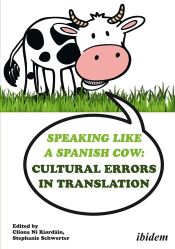Comment la traduction des figements linguistiques et culturels influence les réseaux sémantiques des Quatrains d’Omar Khayyâm. Bentolhoda Nakhaei.
L’imaginaire d’une vie, 2 (2015)
This study aims to investigate how fossilized linguistic forms may have been deformed in translation and how this may have had an impact on the underlying networks of signification in the first English and French translations of Omar Khayyâm’s Rubaiyat in XIX century. Antoine Berman’s theories will serve as reference to try to find out how the original linguistic and cultural balance may have been transformed through the process of translation of a major text in Persian literature towards French and English languages.
